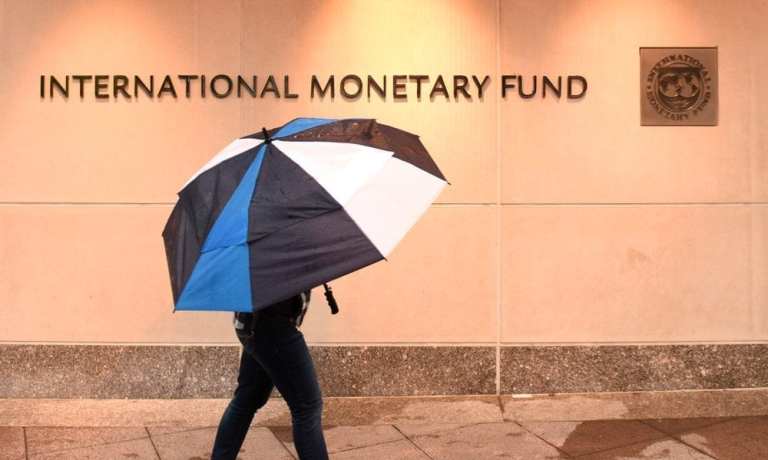IMF Forecasts Decrease In Growth For Slowed Global Economy In 2019

The International Monetary Fund (IMF) has released a new forecast about worldwide economic growth that shows the global economy is faltering, according to a report in The Wall Street Journal.
In its latest World Economic Outlook report, the IMF cuts its 2019 outlook for growth to 3.3 percent, down from 3.5 percent at the beginning of the year and 3.7 percent in October. The decline can be felt all over the world in every advanced economy, the report said, and most emerging markets will feel the decline as well.
The IMF cited “trade tensions and tariff hikes between the United States and China, a decline in business confidence, a tightening of financial conditions, and higher policy uncertainty across many economies,” as factors contributing to the decline.
After a healthy 2017, when trade grew around the world, it fell sharply last year, and that decline is expected to continue throughout the year.
World trade was growing at a rate of 5 percent, expanded by 3.8 percent last year and it’s predicted to rise 3.4 percent in 2019. The new numbers show a decrease of 0.6 percent in trade growth.
Tensions between economies on trading isn’t the only issue. The report also singled out Europe’s faltering consumer and business sentiment, and the repercussions of political instability in Italy, the U.K. and France.
The U.S. had been an outlier in 2018, but the new data shows it’s slowing as well. Other countries have dropped growth forecasts too. Germany dropped 0.5 percentage points from January, as did Italy and Mexico. Latin America as a whole region dropped 0.6 points, Canada dropped 0.4, the U.K. dropped 0.3 and the Middle East saw a drop of 0.9.
The U.S. was growing upwards of a 4 percent rate in Q2 of 2018, but the second half was much slower at 2.9 percent growth from a year earlier. It will slow to 2.3 percent this year, the IMF predicts.
The Federal Reserve cut estimates for growth in the U.S. to 2.1 percent from 2.3 percent.
“A major theme in my global forecast is we’re going to see a downshift in economic activity this year,” said Karen Dynan, a senior fellow at the Peterson Institute for International Economics. “I’m forecasting that the United States is heading rapidly back to trend growth.”